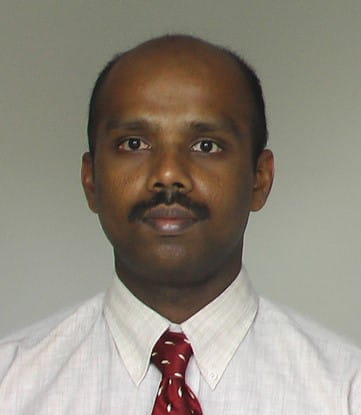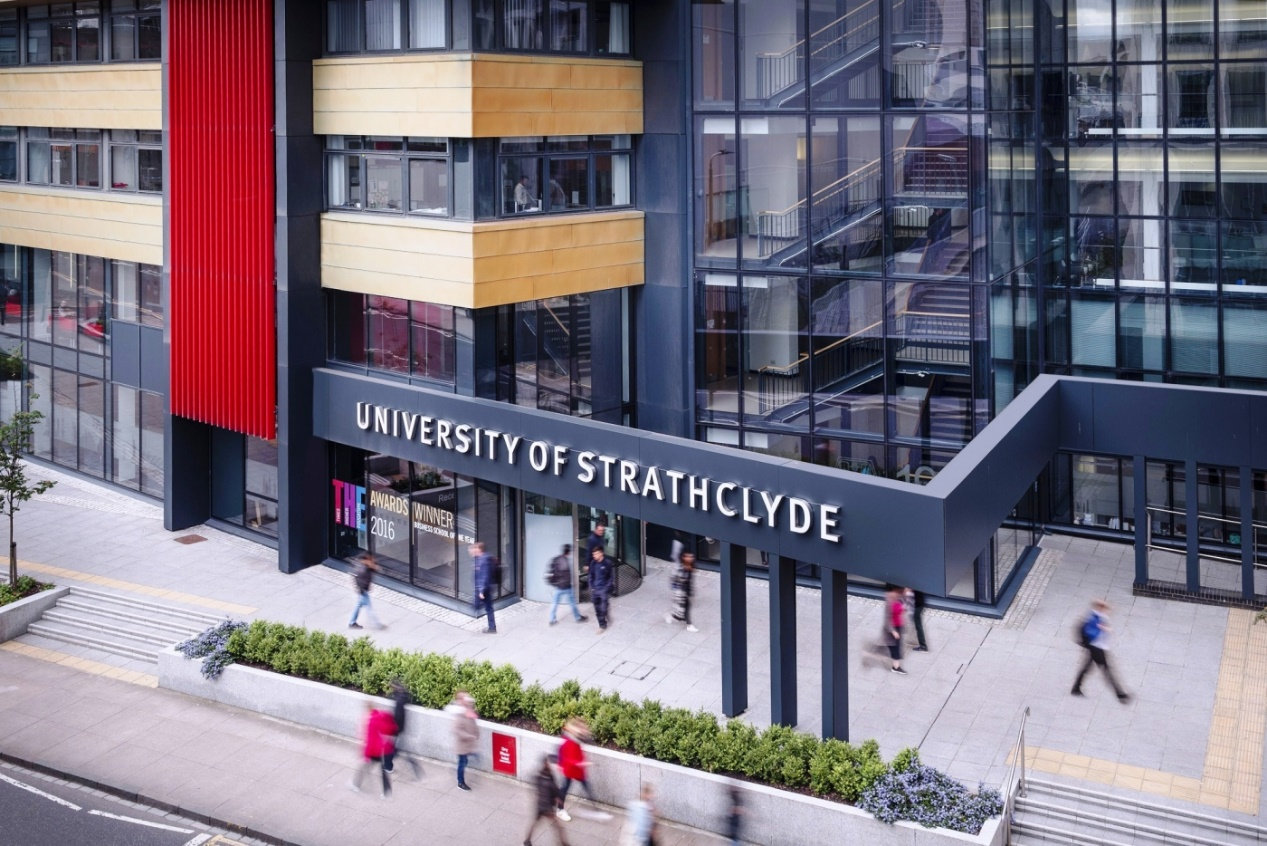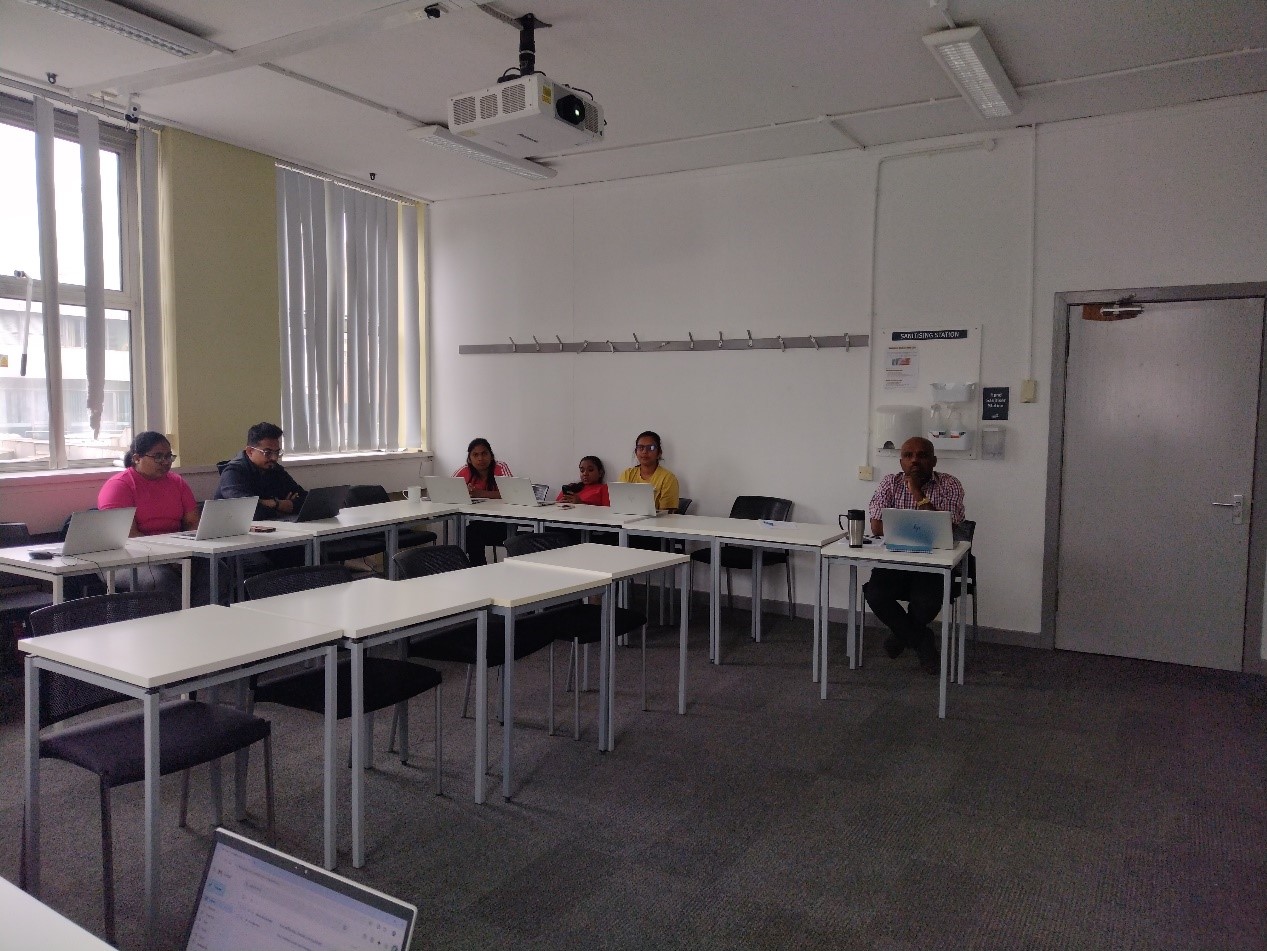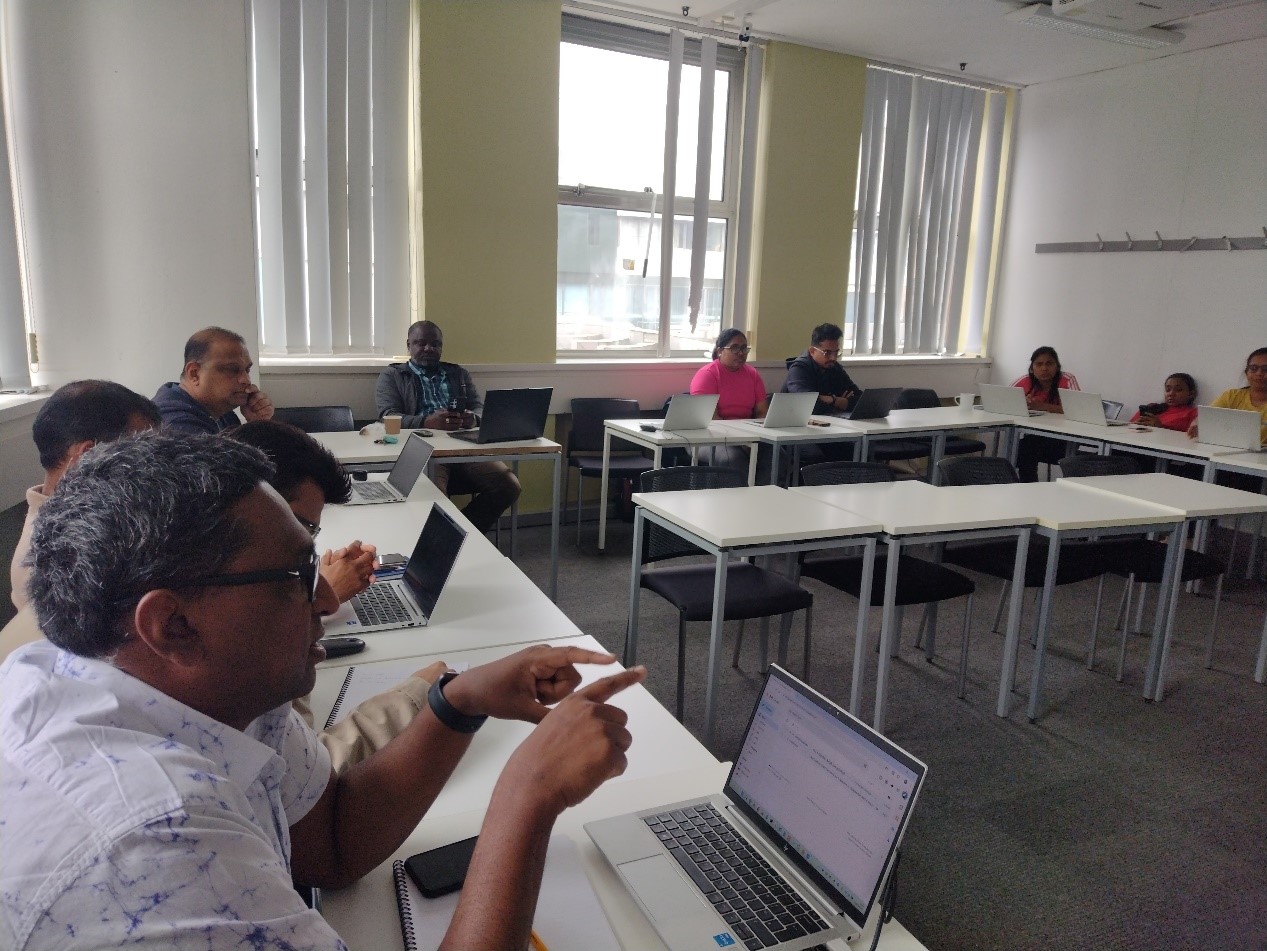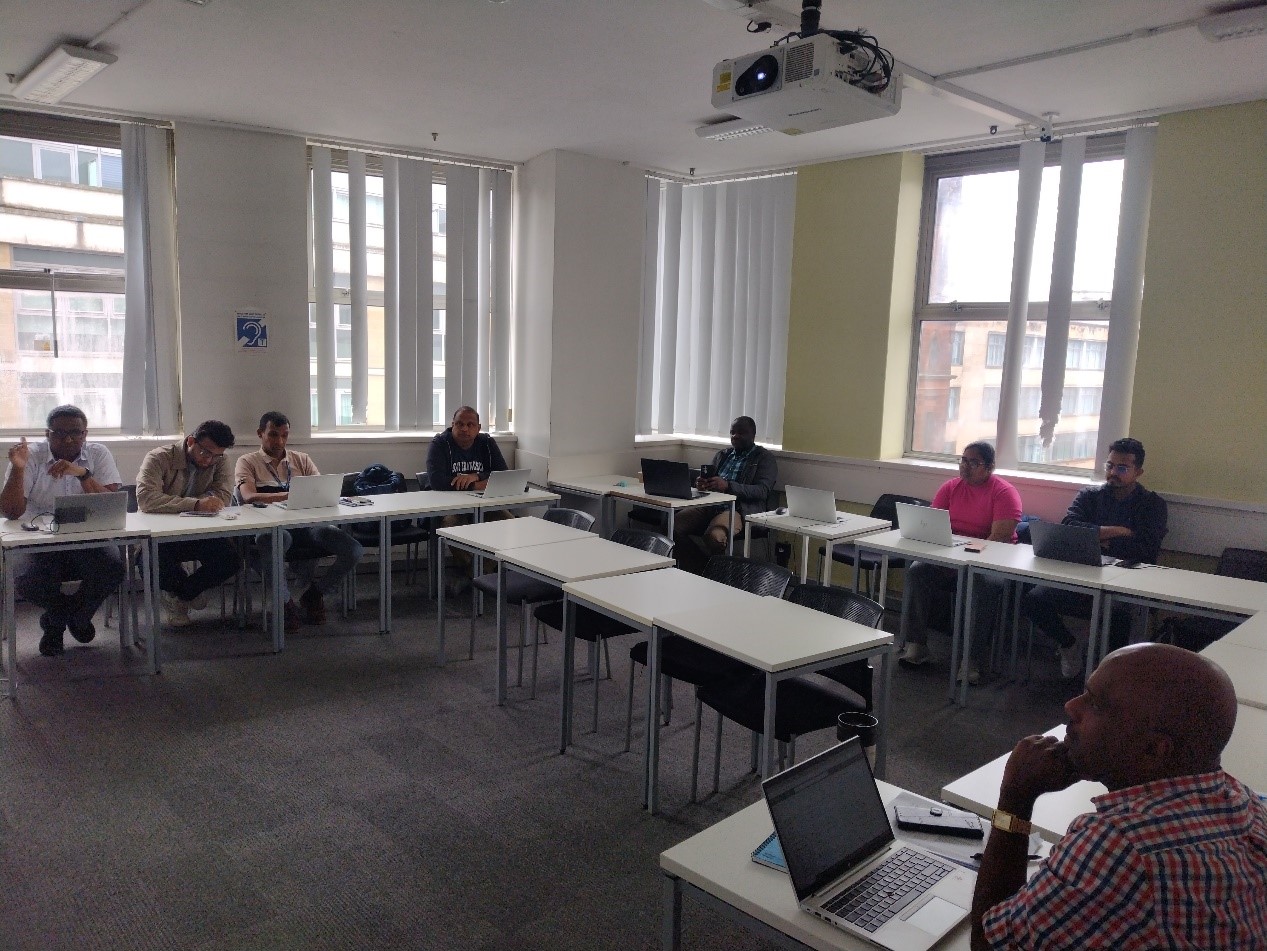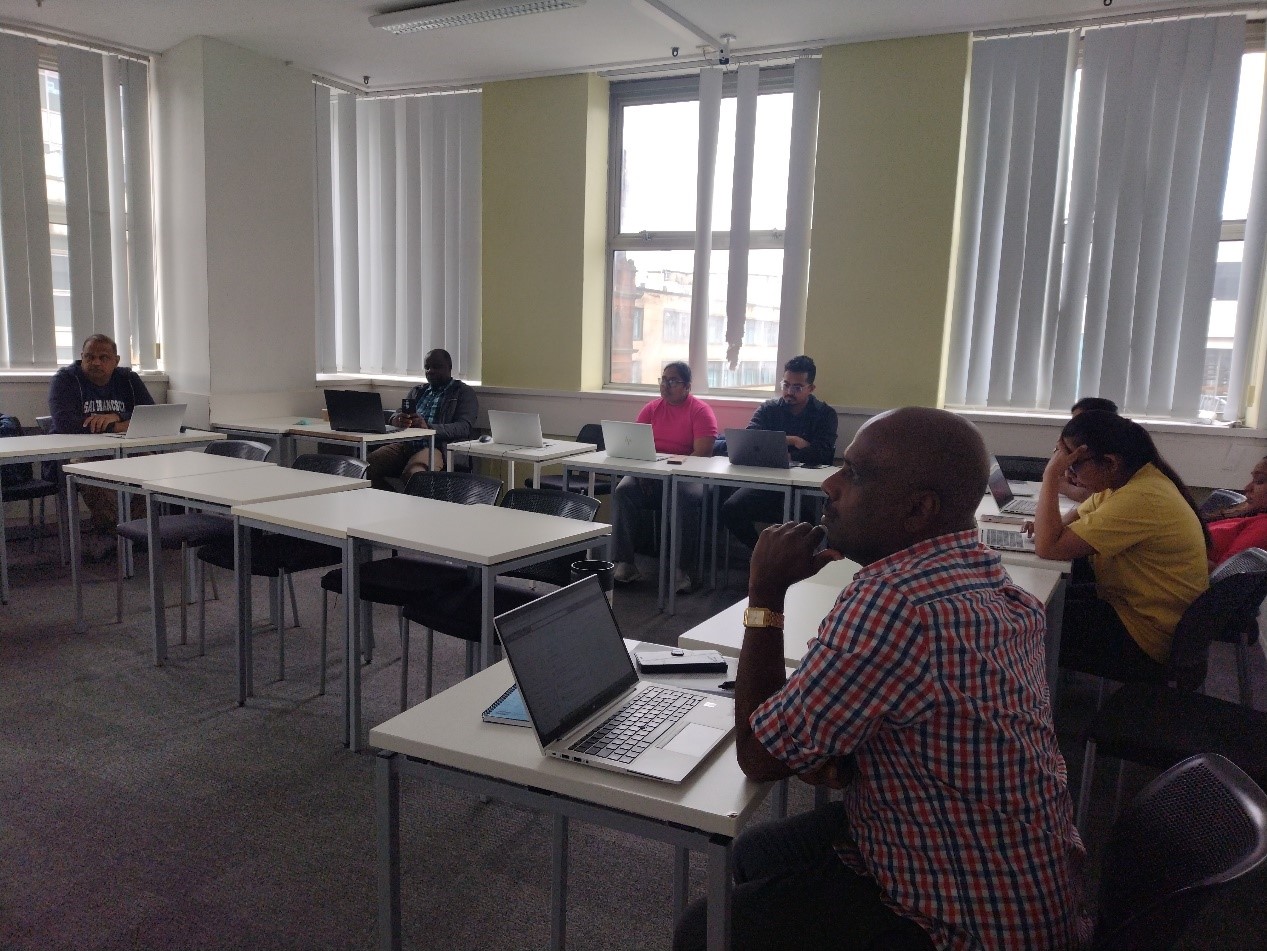Call for Papers
Background:
Classical communication, driven by electromagnetic signals, has enabled advancements in consumer
electronics, from 4G/5G networks to IoT ecosystems. However, emerging technologies like ultra-HD
streaming, VR/AR, and massive IoT demand higher bandwidth and lower latency, pushing classical
systems toward their fundamental limits, including the Shannon capacity bound. Challenges such
as noise, interference, bandwidth scarcity, and energy inefficiency degrade performance,
particularly in compressed image transmission, where artifacts and latency hinder real-time
applications.
As networks evolve toward 6G, these limitations highlight the need for alternative paradigms.
Quantum communication, leveraging multi-qubit systems, offers a transformative solution by
enabling efficient, high-capacity data transfer through quantum entanglement and superposition.
Unlike classical methods, quantum communication can overcome Shannon’s limit, reduce noise
susceptibility, and enhance efficiency, addressing critical gaps in next-generation consumer
electronics. This shift could revolutionize fields like telepresence, gaming, and IoT, making
quantum communication a vital frontier for future technology.
Goal/Rationale:
Quantum communication presents a revolutionary approach to overcoming the limitations of
classical systems by leveraging quantum principles such as superposition and entanglement. While
single-qubit quantum encoding has shown promise in improving image transmission quality,
multi-qubit systems offer even greater advantages. By distributing information across multiple
quantum states in a high-dimensional Hilbert space, multi-qubit encoding enhances noise
resilience, reduces error susceptibility, and improves bandwidth efficiency, critical for
high-quality media transmission in noisy or interference-heavy environments.
The primary goal of this work is to pioneer a multi-qubit quantum communication system
specifically optimized for compressed image transmission, addressing key challenges in consumer
electronics such as bandwidth constraints, noise degradation, and latency. Unlike prior
research, which has not explored multi-qubit encoding for media transmission, this study
introduces an adaptive multi-qubit framework that dynamically adjusts qubit allocation based on
real-time channel conditions, optimizing both performance and computational efficiency.
The proposed system integrates JPEG/HEIF compression with optional polar coding for error
protection before multi-qubit encoding. After transmission through a noisy quantum channel, the
encoded data is decoded and reconstructed, demonstrating superior PSNR and SSIM metrics compared
to classical and single-qubit methods. Higher qubit configurations exhibit greater noise
resilience but require more resources; thus, the adaptive approach intelligently balances image
quality and efficiency, making it ideal for bandwidth-limited scenarios.
By advancing multi-qubit quantum communication, this research bridges a critical gap in
high-fidelity image transmission, paving the way for next-generation applications in
telepresence, AR/VR, and real-time media streaming, where reliability and efficiency are
paramount.
Scope and Information for Participants:
Learning quantum communication concepts is becoming increasingly important for professionals and
researchers across multiple disciplines, particularly as quantum technologies advance. Engineers
and developers in quantum networking, cryptography, and high-speed data transmission must
understand multi-qubit systems to optimize quantum channel capacity and minimize decoherence.
Quantum computing and AI researchers leverage entangled states for secure, high-fidelity image
transmission, while IoT and edge computing specialists explore quantum-enhanced protocols for
distributed sensing and real-time data sharing. Additionally, cybersecurity experts rely on
quantum key distribution (QKD) and semantic-aware encryption to protect sensitive visual data.
Scholars, policymakers, and industry leaders must also grasp these principles to drive
standardization and regulatory frameworks for quantum communication infrastructure.
This symposium will explore how multi-qubit quantum communication systems can revolutionize image
transmission by exploiting superposition-based quantum representation and error-correction
techniques over error prone channels. We will examine how quantum protocols can enhance
bandwidth efficiency by encoding high-dimensional image data into multi-qubit states,
drastically reducing transmission overhead. The symposium will also address key challenges, such
as quantum decoherence, noise resilience, and scalability, while presenting cutting-edge
solutions like multi-quantum communications.
Topics:
The main topics of this symposium are listed below.
Quantum Communication
- Error Prone Channels
- Image Communication
- Multi-Qubit
- Quantum Computing
- Quantum Decoherence
- Quantum Key Distribution (QKD)
- Semantic-Aware Encryption
Meanwhile, submissions aligned with the overall conference theme are also welcome.
Theoretical Physics
- Dynamical Systems
- Equilibrium Statistical Mechanics
- General Relativity
- Integrable Systems
- Many-body Quantum Systems and Condensed Matter Physics
- Nonequilibrium Statistical Mechanics
- Partial Differential Equations
- Probability and Random Structures
- Quantum Field Theory
- Quantum Information
- Quantum Mechanics and Spectral Theory
- String Theory and Quantum Gravity
Mathematical Modeling and Simulation
- Adaptive Control and Non-Linear Control
- Artificial Intelligence
- Computational Intelligence
- Design, Analysis and Applications of Optimisation Algorithms
- Deterministic, Dynamic, Stochastic, Robust and Combinatorial Optimisation Models
- High Performance Computing
- Information Science
- Intelligent Control, Neuro-control, Fuzzy Control
- Machine Learning
- Mathematical Modeling and Simulation
- Nano- and Bio- Mechanics
- Optimization Techniques
- Robotics and Automation
- Smart Structures and Health Monitoring
- Soft Computing
- Structural Optimization
- Theoretical and Empirical Studies of Computational Methods, Models and Empirical
Analysis
Applied Physics
- Accelerator Physics
- Accelerator Research and Development
- Acoustics, Noise and Vibration
- Applications of Particle Trapping
- Biophysics, Medical Physics
- Detectors and Data Handling
- Engineering Physics
- Instrumentation and Control Components
- Magnetic Devices and Materials
- Materials Physics
- Mechanics, Rheology and Tribology
- Nano and Metamaterials
- Neuromorphic Computing
- Nuclear Physics
- Quantum Chromodynamics and Quantum Computers
- Spin Dynamics
- Statistical Mechanics
- Stealth Technology
- Storage Ring Physics
- Systems and Automation Thermodynamics
Mathematics and Applied Mathematics
- Algebra and Its Application
- Applied Partial Differential Equations
- Bayesian Inference
- Control Theory
- Discrete Applied Mathematics
- Fluid Dynamics
- Fuzzy Mathematics and Its Applications
- Geometry
- Image Processing
- Integral Equations
- Nonlinear Problems in Mechanics
- Numerical Analysis
- Optimization and Operational Research
- Planning and Scheduling
- Probability Theory
- Regression Analysis Estimation Theory
- Sampling Theory
- Statistics
- Stochastic Processes
Prospective authors are kindly invited to submit full papers that include title, abstract,
introduction, tables, figures, conclusion and references. It is unnecessary to submit an
abstract in advance. Please submit your papers in English.
Each paper should be no less than 4 pages. One regular registration can cover a paper of 6
pages, and additional pages will be charged. Please format your paper well according to the
conference template before submission. Paper Template
Download
Please prepare your paper in both .doc/.docx and .pdf format and
submit your full paper by email with both formats attached directly to [email protected]
Publication:
Accepted papers of the symposium will be published in Theoretical and Natural Science
(TNS) (Print ISSN 2753-8818), and will be submitted to Conference Proceedings Citation
Index (CPCI), Crossref, CNKI, Portico, Engineering Village (Inspec), Google Scholar,
and other databases for indexing. The situation may be affected by factors among databases
like processing time, workflow, policy, etc.
Publication info
Title: Theoretical and Natural Science (TNS)
Press: EWA Publishing, United Kingdom
ISSN: 2753-8818, 2753-8826 (electronic)
This symposium is organized by CONF-APMM 2025 and it will independently proceed the submission
and publication process.
* The papers will be exported to production and publication on a regular basis. Early-registered
papers are expected to be published online earlier.
